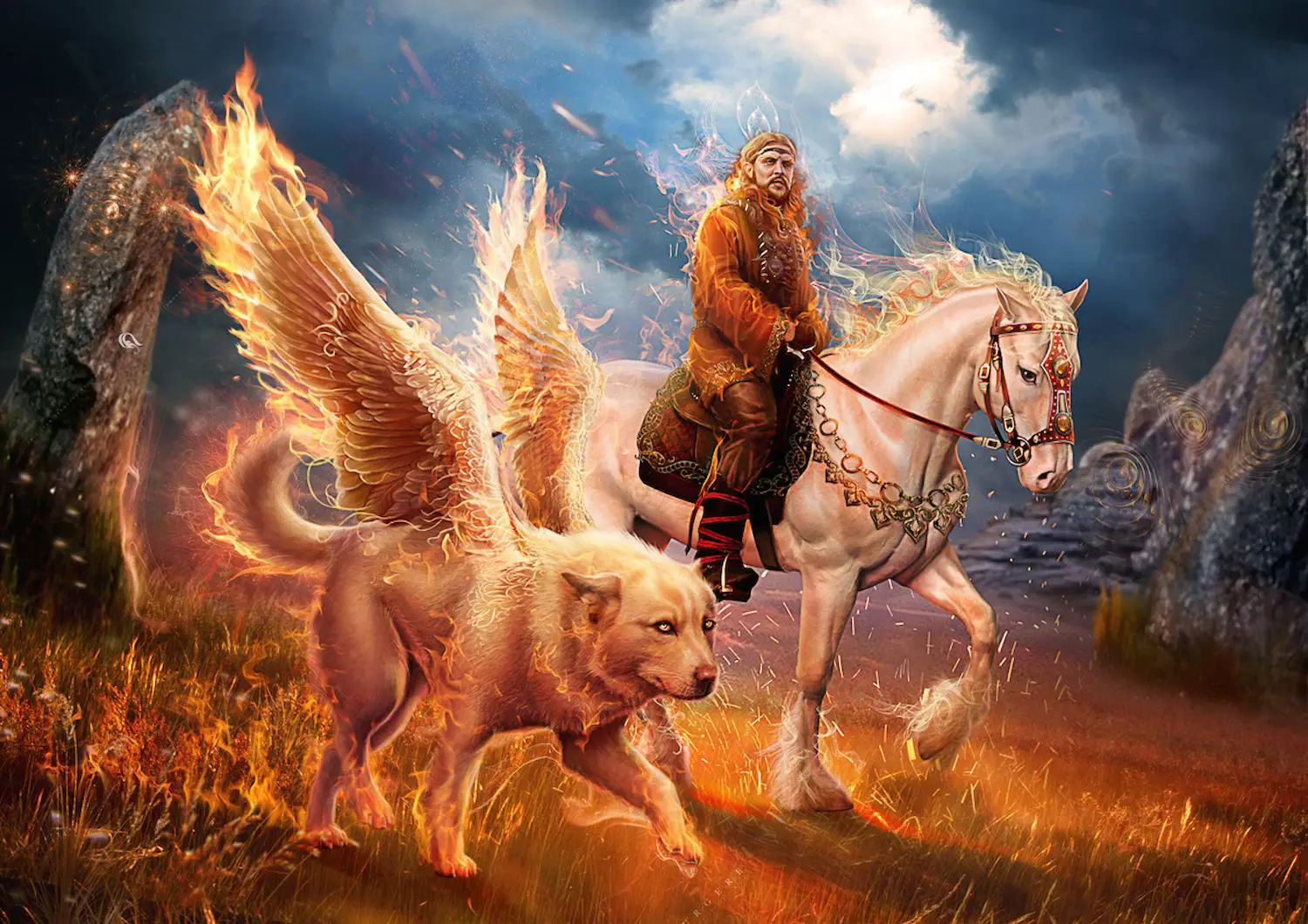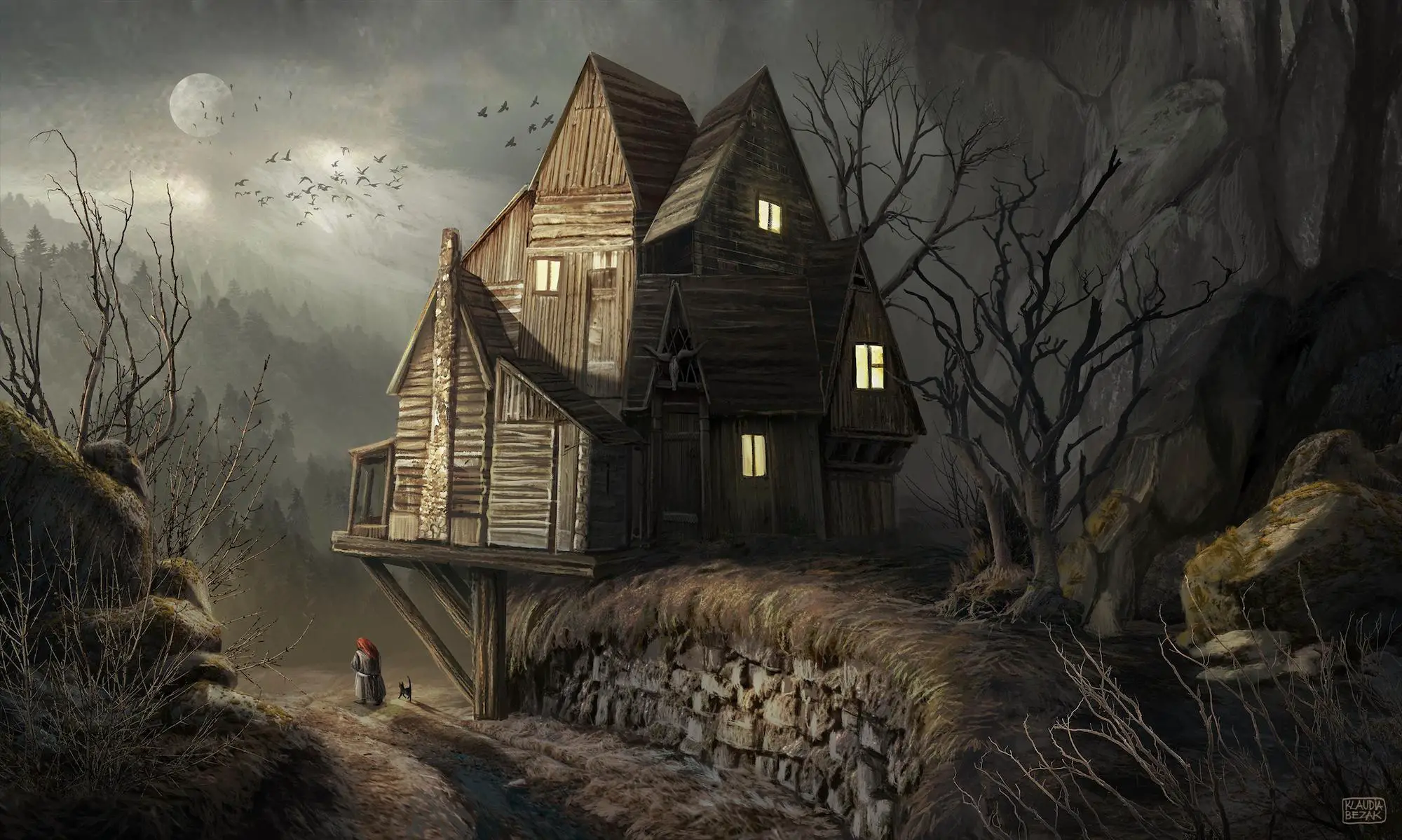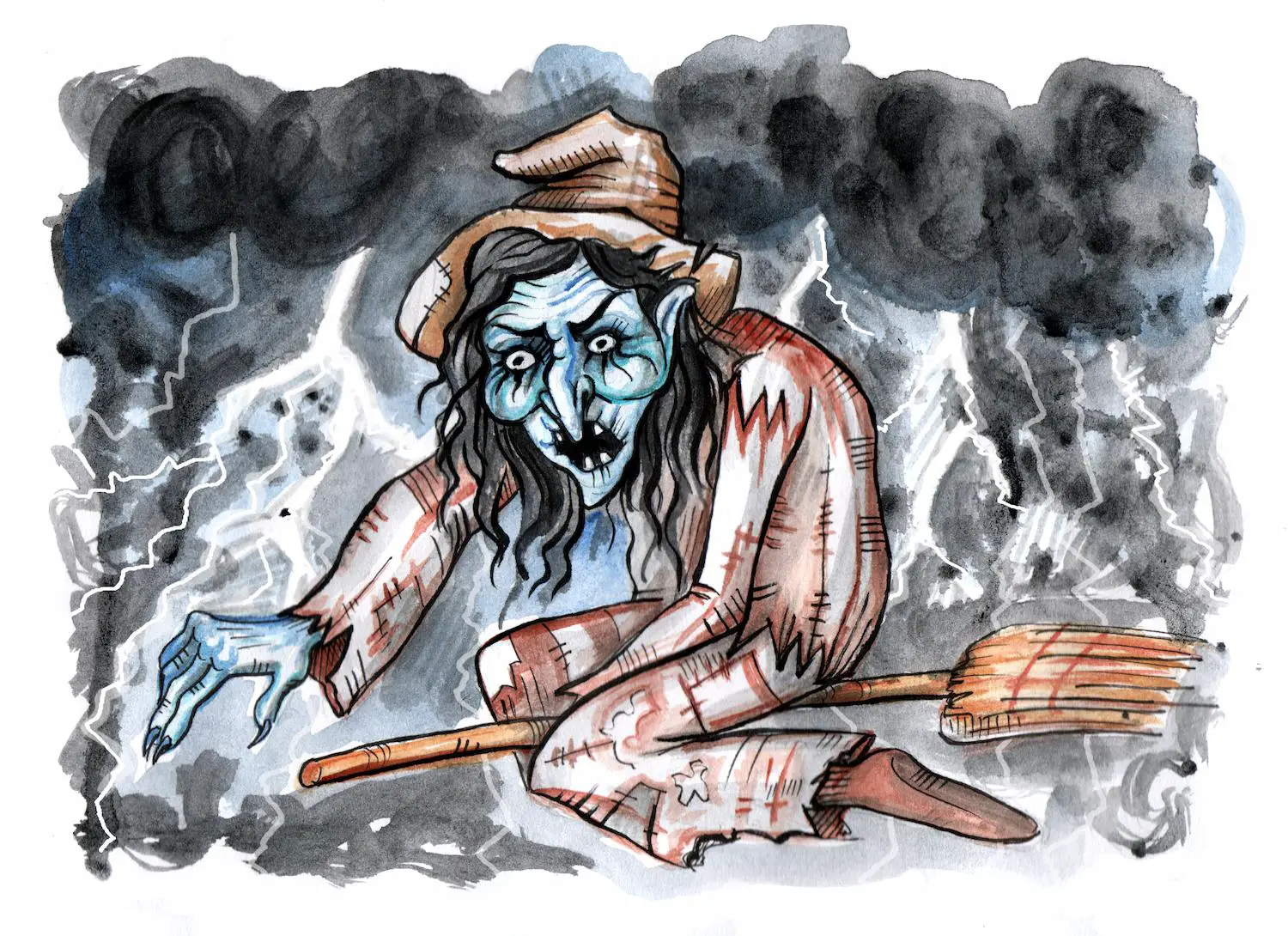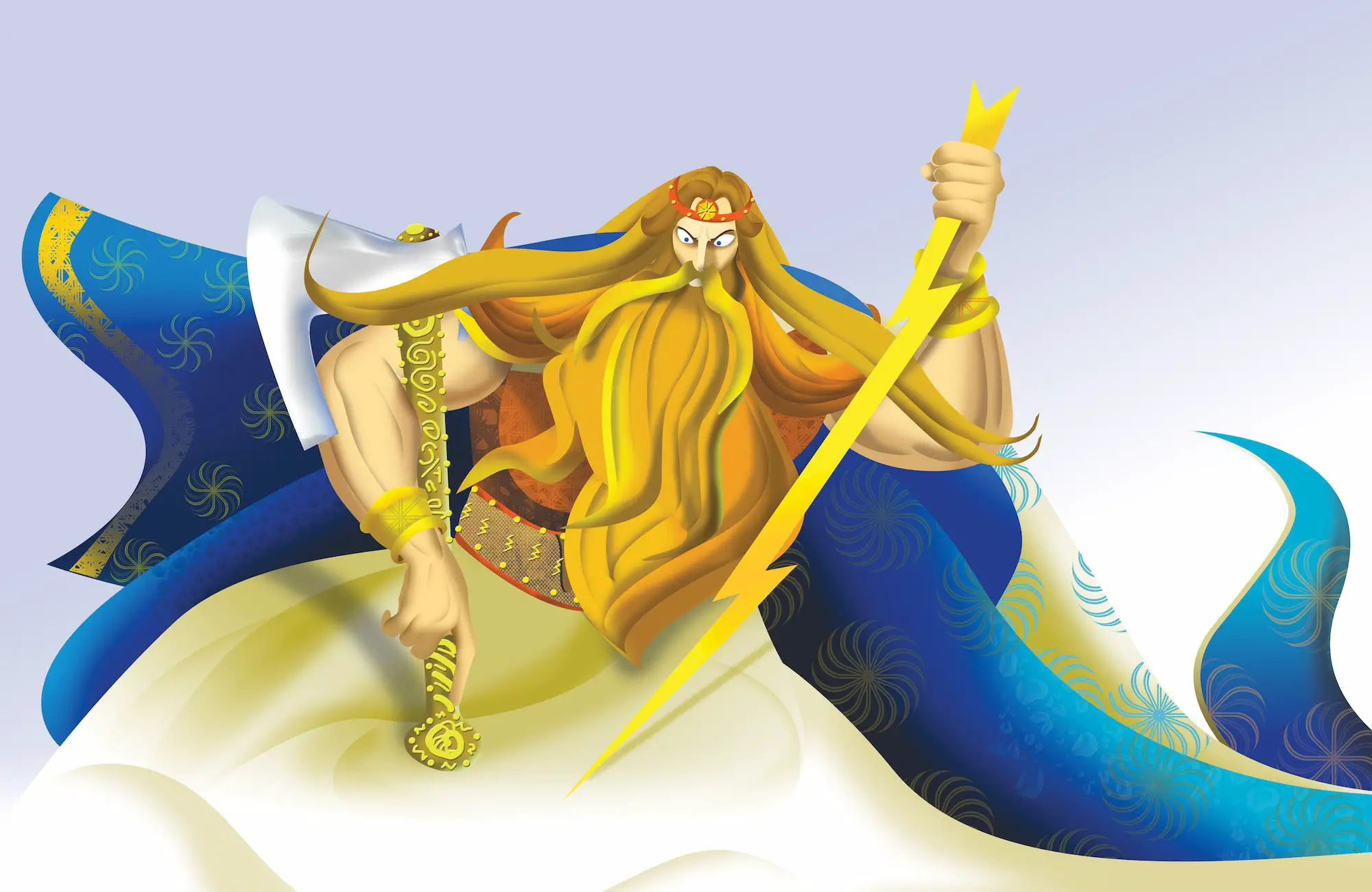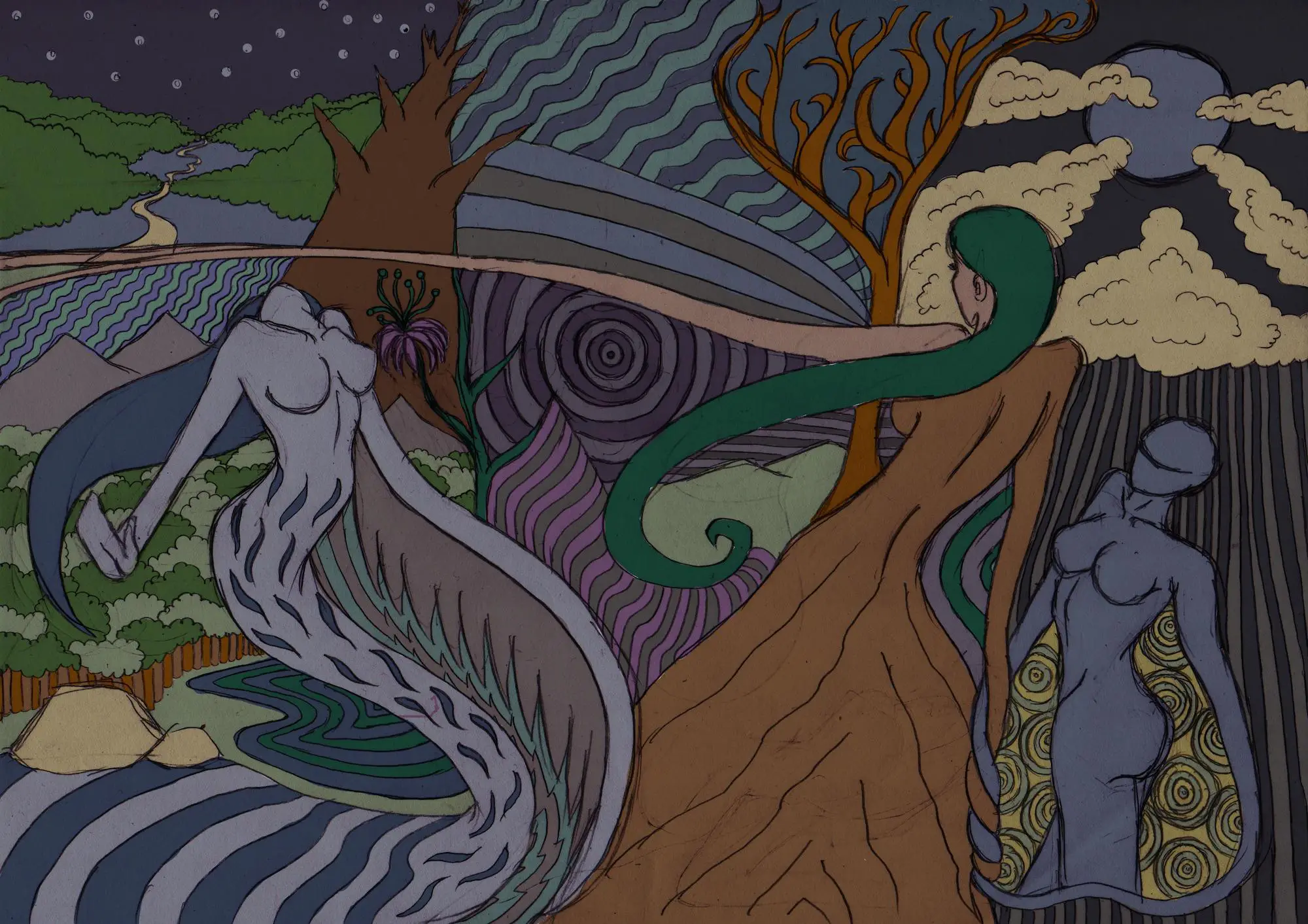There are many known deities and mythical creatures in Slavic folklore. If you have some free time and you want to learn more about them, then this article is for you (and this website is the right place to be!).
The tale of Samodiva is interesting, and she is (in my opinion) one of the most fascinating creatures Slavic folklore has created. They were beautiful yet scary. They had knowledge about medicine, but wouldn’t share it with humans.
They sang beautifully and would sometimes mesmerize men with their voices (to the point of madness).
Now, before we start talking about Samodivas in Slavic folklore, I would like to recommend to you an article about another mythical creature, called Rusalka.
Table of Contents
Samodivas in Slavic Folklore
Samodiva (or samovila) has been one of the staples of Slavic mythology (for a really long time). Just like many other creatures in Slavic folklore, this one was as beautiful as it was powerful.
It was said that samodivas have long unkempt hair. In some legends and stories they were known to have wings.
People also believed that samodivas were women. They were most often represented as tall and slim women, with blonde hair and wild fiery eyes dressed in beautiful white gowns.
Mythology tells us that samodiva lived inside of trees (typically found in a forest), caves or near small bodies of water (like lakes or ponds).
These beautiful mythical women-like creatures would only appear (in the human world) during the spring, where they would stay until the end of summer.
Samodiva and Her Powers
As stated earlier, Samodiva was a forest nymph that was typically represented as a woman with wild blond hair, wearing interesting clothes that gave Samodiva the power to fly (usually a white dress that was not form-fitting).
It was said that they would only enter the human world in spring, where they stayed until the beginning of winter.
As far as Samodiva special abilities go, she was known to have a couple of them (and some of them had a really bad effect on people’s lives). Let’s list a couple of “abilities” these forest creatures had in their arsenal.
They had the ability to cause droughts (and sometimes they would use that ability). They were also known to set crops on fire (not a special ability if you ask me. You just need some gasoline and a lighter and you are good to go.!).
When cattle died of high-fever, people used to blame it on Samodiva (because this nymph also had the ability to cause fever in cattle, but not in people, for some reason?).
She could also shapeshift into a bird, that could spit fire (now that is something!).
Also, one of the abilities this beautiful nymph had (along with many similar women-like mythological characters) was an intoxicating voice that drove any man that heard it into a state of (for the lack of a better term) “complete madness”).
Samodiva: Good or Bad
If talking about Samodivas powers didn’t answer this question, then this paragraph certainly will.
It was said that these fairies were known for seducing people who traveled through the forest where they lived. Any traveler (or a lost shepherd) fell immediately in love with Samodiva.
From the moment the lost traveler (or a shepherd, as I’ve said before) laid his eyes upon this magical creature, he was charmed into falling in love with her.
The biggest problem with this, wasn’t the being in love with a gorgeous “I live in the wood” fairy part. The problem was that these “women” fed on the life-energy of the people they’ve trapped with their power.
It was said that any man who saw Samodiva completely lost his mind. These men spent the rest of their lives chasing after these nymphs, only to end up dead from exhaustion. The madness was so deep, that they forgot to eat or drink.
Samodivas and Dancing
Samodivas were especially known for their dance (some could call it their “interpretive dance”). Their dance was especially powerful and was considered a symbol of raw natural energy.
Dancing usually started at midnight. A lost traveler or shepherd that stumbled upon them was forced to join in (because they were seduced by the sheer beauty of their voices and dance moves).
At dawn, the dancing stopped and the lost travelers that joined them always ended up dead (from exhaustion).
Samodiva and Bulgarian Folklore
One of the most interesting aspects of Samodiva comes from the Bulgarian stories and folklore.
When these fairies gathered in the woods, they spent their time dancing (as I’ve said before) but also talking about special health potions and remedies. It was said that if one could eavesdrop on their conversation, that they could learn a lot about medicine.
Because these fairies were very secretive, eavesdropping on them was the only way to learn about medicine and cures that could save a human life (unlike now, when we have Google).
In some other mythologies, these villas had the ability to enter the man’s heart (I believe they meant literally) in order to join with his soul.
They would stay there for 5 years (I don’t know why that specific number of years) and their goal was to enter Heaven, together with the man with whose soul they’ve bonded.
Samodiva in History
The earliest mention of one of these mythological dancing fairies, comes from the 13th century.
It is believed that the history of these characters starred in Thracia and that it is connected to the Cult of Orpheus [1].
Samodiva in Serbian Mythology
In Serbian mythology, this Villa wasn’t such a “bad guy”. In folk tales about Prince Marko (a famous Serbian mythological character), Villa is said to have raised him as his adoptive mother.
Instead of regular breast milk (that we all drank, that or the formula), Marko drank Villa’s breast milk, which is why he developed special powers.
Prince Marko is one of the most famous Serbian mythological figures.
The fact that makes him even more interesting is that he was an actual person [2]. By many historical accounts he was not the “hero” as these folk tales represent him.
Samodivas in Bulgarian Poetry
A 19th-century Bulgarian poet, called Hristo Botev wrote about these fairies in a poem dedicated to a man called Hadzi Dimitar [3].
In his poems, Samodivas were fairies that helped dying men in their last hour. Their role was to help people and reward them for their courage.
Samodivi – The Band
Thanks to these fairies, we now have an amazing band from the Balkans (not really, they are at best responsible for their name).
Samodivi is the plural of Samodiva (in the Bulgarian language). If you want to know more about this one band, be sure to check out their website.
Samodiva and Twisted Snakes
In many folk tales Samodivas were represented as beautiful women. They wore clothes (like most fairies do) that gave them the power to fly. Some of them were known to ride a deer (not always, but on special occasions).
In one tale, Samodiva used twisted snakes as reins for her deer. It was said that if any man killed a deer that belongs to this fairy, he would die a most horrible death (poison, most likely, was involved).
The Bottom Line
We’ve talked about these long-haired beauties, their special dance, and even their special powers.
The name “Samodiva” comes from the Indo-European language. It roughly translates to “divinity” or “rage”.
As one of the more interesting characters in Slavic folklore, these creatures are special and had a big impact on the lives of the Slavs (throughout the centuries).
With their weird clothing (usually white gowns) that gave them the ability to fly and their seductive dance moves, Samodivas may have been the most interesting creatures that ever roamed the planet Earth (if they were real, which is unlikely).
If you are interested in Slavic mythology, and want to keep learning more about it, be sure to check out this article about Baba Yaga.
If mythology is really not your thing, and you are more interested in Slavic culture then you should not miss this article about Gusle (a traditional Slavic instrument).
References
- https://www.britannica.com/topic/Orphic-religion
- https://www.grin.com/document/130430
- https://www.slovo.bg/old/f/en/botev/








